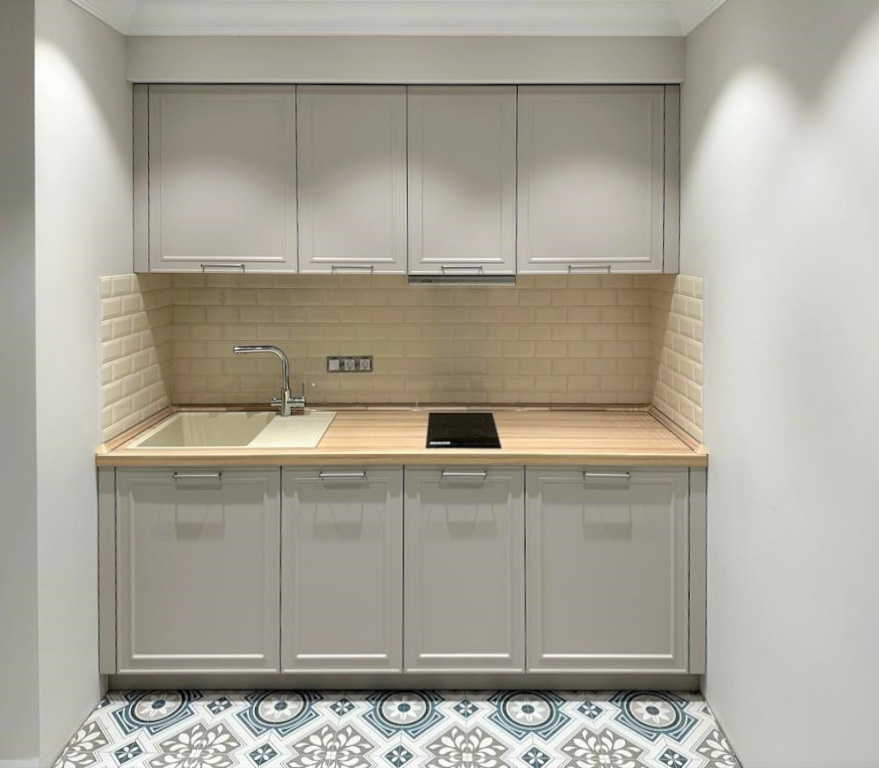
Introduction to Revolutionary Kitchen Designs
As the heart of the home, the kitchen is no stranger to evolution and innovation. The latest trends in kitchen design are not just about aesthetics, but also about creating spaces that are functional, sustainable, and tech-savvy. These revolutionary kitchen design wonders aim to transform the way we interact with our culinary spaces, making cooking and socializing more enjoyable and efficient.
Efficient Space Utilization
One of the primary focuses of modern kitchen design is maximizing space utilization. Designers are creating multi-functional areas that can be adapted to various needs throughout the day. With the use of intelligent storage solutions, like retractable counters and modular shelving, even the smallest kitchens can become spacious culinary workshops. These clever storage solutions keep clutter out of sight and allow for easy access when needed, ensuring that every inch of space is effectively used.
Incorporating Smart Technology
Smart technology is revolutionizing the kitchen landscape. From refrigerators that can keep track of groceries and expiration dates, to ovens that can be controlled remotely through a smartphone app, the kitchen is becoming smarter than ever. Advanced gadgets like voice-controlled faucets, programmable coffee makers, and interactive cooktops are elevating the cooking experience, promoting ease and convenience for the modern chef.
Sustainability Takes Center Stage
Sustainability is another pillar of revolutionary kitchen design. Eco-friendly materials are increasingly being chosen for countertops, cabinetry, and flooring. Appliances with higher energy efficiency ratings not only reduce carbon footprint but also lower energy bills. Innovations such as composting systems and water-saving devices are also being integrated into kitchen designs, reflecting a global shift towards environmental consciousness within the home.
Seamless Aesthetics
Today's kitchens are not just functional spaces—they make bold aesthetic statements. Designers are blending textures and materials in unexpected ways to create visual interest and tactile experiences. Use of glass, metal, natural stone, and wood can bring warmth and modernity simultaneously. Furthermore, open-plan kitchens that merge seamlessly with living areas are popular for their ability to bring families together and facilitate social gatherings.
Personalization and Adaptability
Personalization is at the forefront of kitchen design as homeowners look for ways to tailor their spaces to their individual lifestyles. Customizable features like adjustable lighting systems, personalized handle profiles, and unique color schemes are just some of the ways kitchens can be made to reflect personal taste and style. Moreover, with an ever-changing world, adaptability in kitchen design is crucial. Modular units that can be reconfigured and appliances that can adapt to different cooking styles ensure that the kitchen remains relevant and functional for years to come.
Conclusion: The Future of Kitchen Design
In conclusion, revolutionary kitchen designs are setting new standards for what is possible in this vital space. By marrying technology with sustainability, efficiency with aesthetics, and personalization with adaptability, these designs are transforming kitchens into more than just places to cook—they are becoming central living spaces that cater to all aspects of modern life. As these innovations continue to evolve, one can only imagine the exciting new wonders that future kitchen designs will unveil.